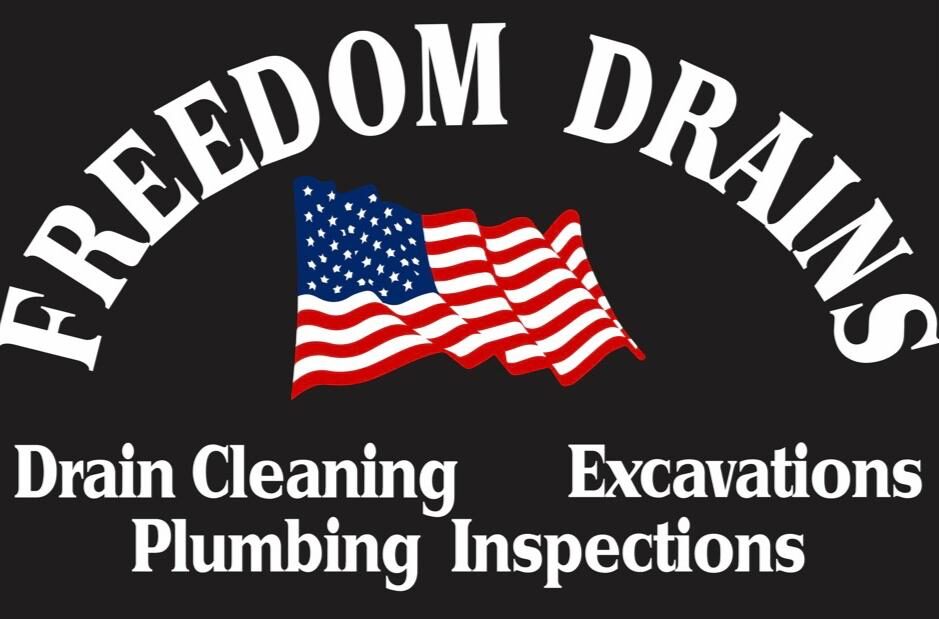A sewer backup is a messy, unsanitary, and potentially hazardous plumbing problem that occurs when wastewater can no longer flow freely through the sewer line. Understanding the causes, recognizing the warning signs, and being aware of the potential dangers are crucial for taking prompt action and minimizing damage.
What Causes Sewer Backups?
Several factors can contribute to sewer backups:
- Blockages in the Main Sewer Line: This is the most common cause. Blockages can be caused by tree root intrusion, accumulated debris (such as grease, hair, and non-flushable items), or collapsed or damaged pipes.
- Blockages in the Home’s Drain Lines: Blockages in individual drain lines within your home can also cause backups, especially if the blockage is severe or located near the connection to the main sewer line.
- Sewer Line Damage: Cracked, broken, or collapsed sewer pipes can restrict flow and cause backups. This damage can be caused by age, shifting soil, tree root intrusion, or heavy construction activity.
- Heavy Rainfall: During periods of heavy rainfall, the municipal sewer system can become overwhelmed, leading to backups in connected properties.
- Combined Sewer Systems: In some older areas, storm drains and sanitary sewers are combined into a single system. During heavy rain, this system can become overloaded, leading to backups of both storm water and sewage.
Recognizing the Warning Signs:
Early detection of a potential sewer backup can help prevent significant damage:
- Slow Draining Drains: This is often the first sign. If multiple drains in your home are draining slowly, it could indicate a problem with the main sewer line.
- Gurgling Sounds: Gurgling noises coming from drains or toilets can indicate trapped air and blockages in the sewer line.
- Multiple Clogged Drains: If multiple drains become clogged simultaneously, it’s a strong indicator of a main sewer line blockage.
- Water Backing Up in Floor Drains: Water backing up in floor drains, especially in basements or laundry rooms, is a clear sign of a sewer backup.
- Toilet Backups: Sewage backing up into toilets is a serious and unsanitary sign of a sewer backup.
- Foul Odors: Unpleasant sewer odors coming from drains or around your property are a sign of sewage backup.
The Dangers of Sewer Backups:
Sewer backups pose several significant dangers:
- Health Hazards: Sewage contains harmful bacteria, viruses, and parasites that can cause various illnesses. Exposure to sewage can lead to infections, gastrointestinal problems, and other health issues.
- Property Damage: Sewage backups can cause significant damage to your home or business, including damage to floors, walls, carpets, and belongings.
- Mold Growth: The moisture from a sewer backup creates an ideal environment for mold growth, which can pose serious health risks and require costly remediation.
What to Do in Case of a Sewer Backup:
- Stop Using Water: Immediately stop using water in your home to prevent further backups.
- Contact a Professional Plumber: Call a qualified plumber specializing in sewer line repair and cleaning.
- Avoid Contact with Sewage: If you must come into contact with sewage, wear protective clothing, including gloves and boots.
- Clean Up the Affected Area: After the plumber has cleared the blockage, thoroughly clean and disinfect the affected area.
Freedom Drains offers 24/7 emergency sewer backup services. Contact us immediately if you experience a sewer backup.
